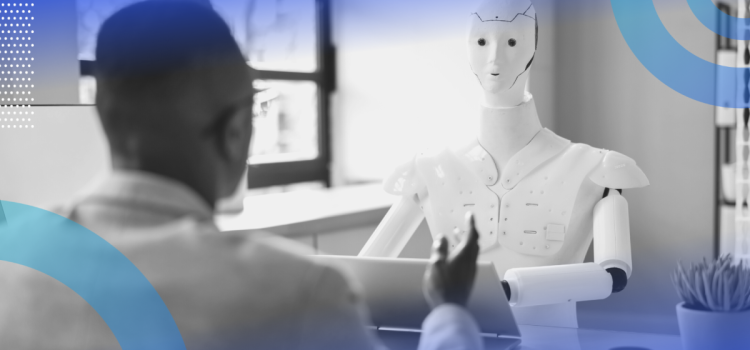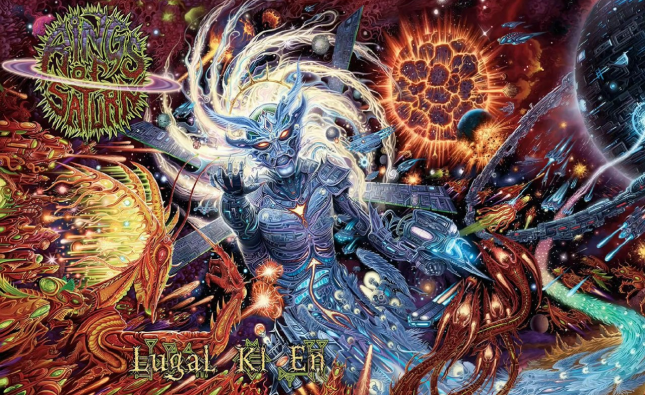
This article is designed for individuals interested in artificial intelligence, technology enthusiasts, researchers, and those curious about the evolution of AI testing. It benefits readers seeking to understand the relevance of the Turing test in the current AI landscape and explores alternative methods of assessing AI’s capabilities.
Evaluating the Relevance of the Turing Test
Over seven decades ago, Alan Turing introduced the concept of assessing artificial intelligence through a test that gauged its ability to mimic human responses. Known as the Turing test, it played a pivotal role in differentiating between human and machine interactions. However, with the dawn of advanced AI chatbots like ChatGPT and Google Bard, the boundaries between human-like conversation and AI-generated responses are blurring. Let me introduce you top three alternative of Turing Test :
-
The Marcus Test
Cognitive scientist Gary Marcus proposed an alternative that centers on an AI’s ability to understand complex visual content like YouTube videos and TV shows without textual cues. The Marcus test challenges AIs to comprehend sarcasm, humor, and intricate narratives from visual stimuli. While current AI models can describe images, they struggle to interpret videos like humans. This approach redefines evaluation by testing AI’s contextual understanding beyond text.
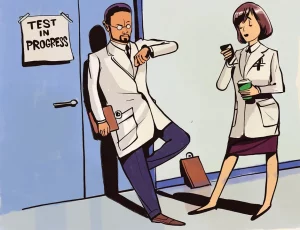
Image by:https://www.scientificamerican.com/ -
The Visual Turing Test
A research paper published in PNAS introduces the visual Turing test—a method that employs image-based questions to distinguish between humans and AI. Instead of text, participants respond to queries using images, mimicking human thinking processes. Notably, AI struggles with images that diverge from real-world norms, allowing this test to assess an AI’s visual comprehension capabilities.
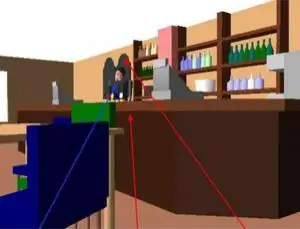
Image by:https://www.newscientist.com/ -
The Lovelace 2.0 Test
Inspired by Ada Lovelace’s assertion that AI can’t generate novel ideas, the Lovelace 2.0 test evaluates AI’s capacity to produce creative concepts beyond its training. Unlike the Turing test, this approach scrutinizes AI’s potential to exceed its programmed limitations. While current AI models lack this ability, artificial general intelligence could meet this criterion.
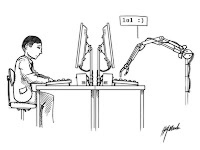
Image by:https://www.i-programmer.info/
The Path Forward: Adapting AI Evaluation
As AI rapidly evolves, the traditional Turing test faces challenges in keeping up with AI’s multifaceted capabilities. A future approach might involve a combination of these alternative tests to comprehensively assess AI. This adaptive evaluation landscape will ensure that AI’s proficiency in understanding visuals, generating original ideas, and grasping context-rich content is thoroughly examined.
In the journey to redefine AI assessment, embracing innovation and adaptability becomes imperative. As AI models continue to progress, the evaluation methods must evolve in tandem, reflecting the true spectrum of AI’s abilities. With a dynamic and multifaceted approach, the future of AI evaluation holds promise in capturing the complexity of human-AI interactions.
Conclusion
The evolution of artificial intelligence has ushered in a new era of inquiry into the assessment methods that define its capabilities. The Turing test, which has been the cornerstone of AI evaluation for decades, is now facing challenges as AI technology becomes more sophisticated. As we’ve explored alternative approaches to AI assessment, it becomes evident that a paradigm shift is underway in how we gauge AI’s potential and limitations.








